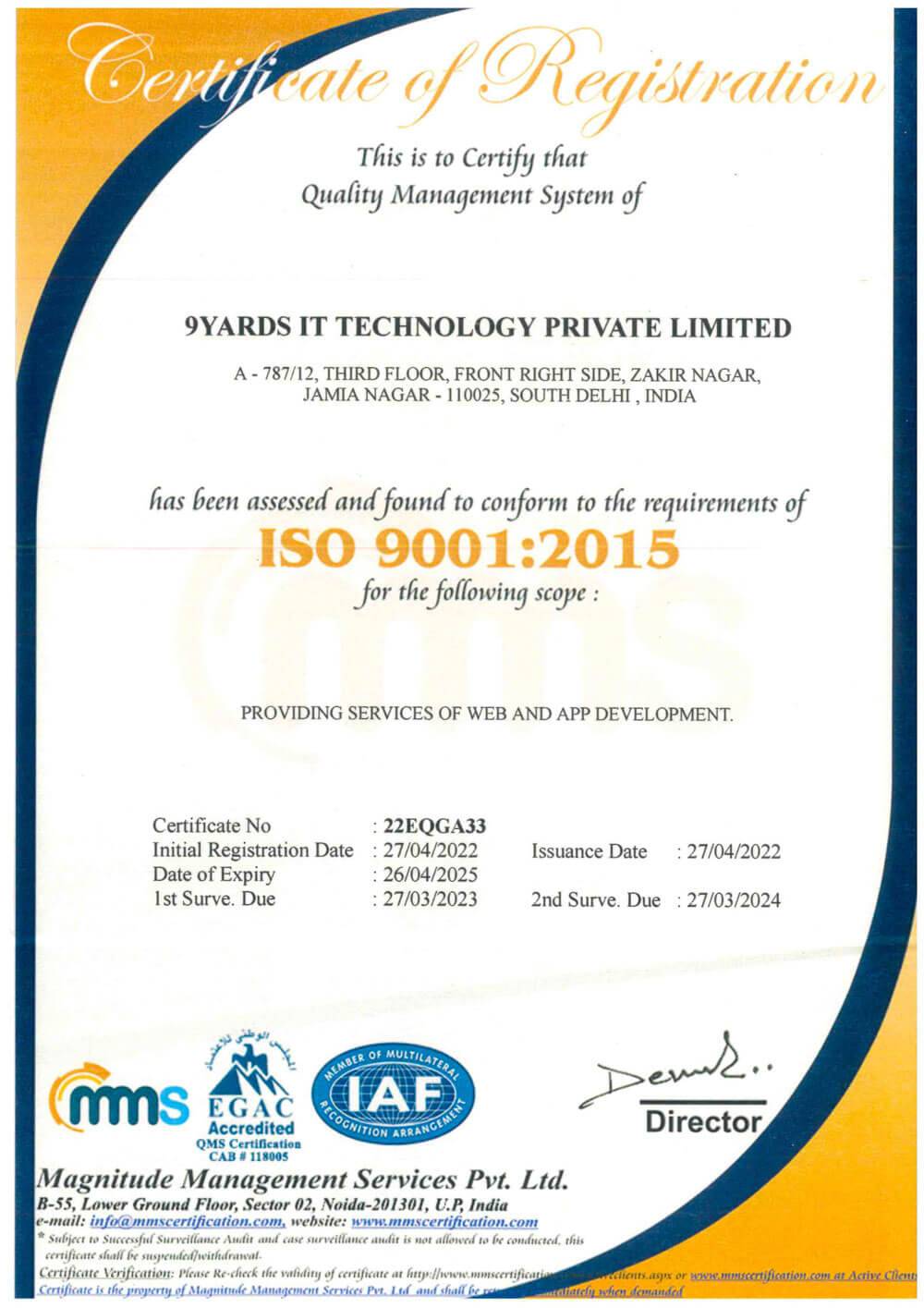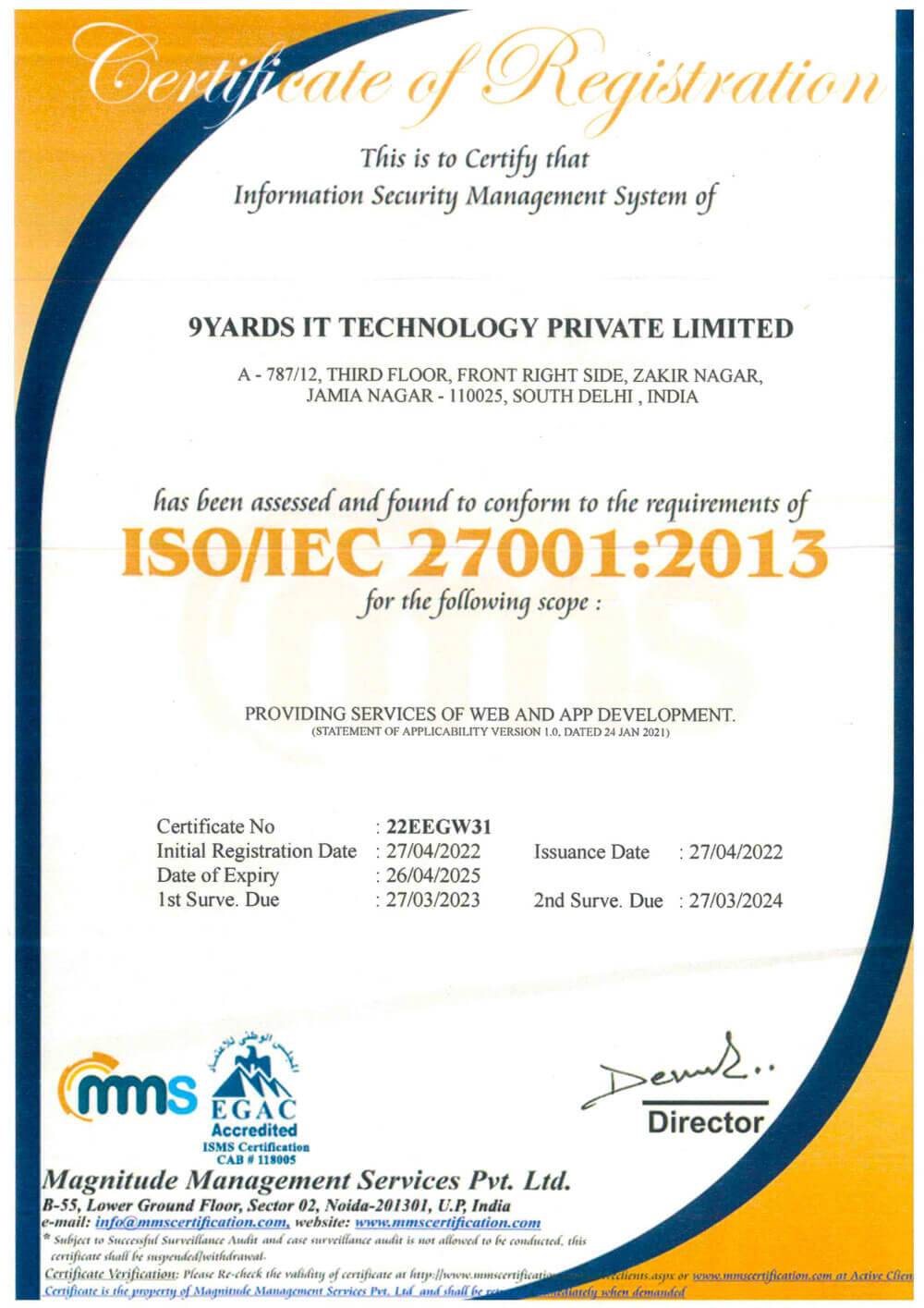Table of Contents
What are Metrics?
Metrics are the measure of quantitative assessment commonly used for assessing, comparing, and tracking performance. It tells us the accurate measurement of how the process functions and provides a base to suggest improvements.

What are Software Testing Metrics?
Software test metrics are parameters to measure the testing process and product quality. It ensures the testing process we are following is good enough to test the application or we need to change or update our process. Software test metrics are used to monitor and control the process and product. It helps to drive the project towards our plan goal without deviation. The software testing metrics aim to accumulate reliable data related to the software testing process and enhance its efficiency. Based on the test metrics, we can evaluate the improvement required to succeed in the project. It also enables us to decide on the process or technology that needs to be modified.
Importance of Software Test Metrics
- Software test metrics help the team to keep track of the software quality at every stage in the software development cycle.
- It also provides information to reduce the number of errors.
- Software test metrics measure the team’s efficiency and accelerate application delivery.
- It is also used to improve product and service quality, thus helping achieve customer satisfaction.
- Software test metrics help to decide the testing phases, such as project schedules and cost estimates.
- It helps us to estimate how much software was tested. Will it be completed and delivered on time or not?
Types of Software Metrics
1. Base Metrics
It replicates the new data captured by the tester during the testing phase. Base metrics provide project status reports to the test lead and project manager.
Some examples of the base metrics are:
- No. Of the test cases.
- No. Of the test cases executed.
2. Calculated/Derivative Metrics
It will be obtained by converting the data stored in base metrics into useful information.
There are 3 Types of Calculated/Derivative Metrics
- Process Metrics: A project’s attribute and impalement are defined by process metrics. It can be used to improve the process’s effectiveness of SDLC (Software Development Life Cycle).
- Product Metrics: A product’s extent, scheme, performance, calibre, and complexity are defined by product metrics. In other words, we can say that it deals with the quality of the product. Using this developer can enhance their quality.
- Project Metrics: They evaluate a project’s overall quality. It is used to compute the cost, productivity, and defects and estimate the resource and deliverables.
Test Metrics Life Cycle

The life cycle of test metrics comprehends four stages.
- Analysis: In this stage, the developer describes the required metrics. It is also responsible for analysing metrics as well as the definition.
- Communicate: This stage helps explain the metrics’ needs to stakeholders and other team members. It helps educate the testing team about the requirement to be captured for processing the metrics.
- Evaluation: It helps estimate and verify the data and then calculate its metric value.
- Report: Once the evaluation process is finished. It develops the reports with an effective conclusion and distributes them to the stakeholders, developers, and tester team.
Most Used Metrics
Below are developers’ and testers’ most commonly used metrics.
Defect Metrics: This metric allows developers to understand the various quality aspects of software, including functionality, performance, installation stability, usability, compatibility, etc.
Defects Finding Rate: It is used to identify the pattern of defects during a specific timeframe.
Defect Severity: It enables the developer to understand how the defect will impact the software’s quality.
Defect Cause: It is used to understand the root cause of the defect.
Test Coverage: It defines how many test cases are assigned to the testers. Test coverage assures the testing is conducted to its full completion. Its further aids in checking the code flow and testing functionalities.
Defect Fixing Time: It determines how long it takes to resolve a defect.
Test Case Efficiency: It tells the efficiency rate of test cases in finding defects.
Schedule Adherence: Its primary motive is to determine the time difference between the planned schedule and the actual time of executing a schedule.
The Formula for Test Metrics
Test Case Effectiveness: Test Case Effectiveness = (Number of defects detected / Number of test cases run) x 100
Passed Test Cases Percentage: Passed Test Cases Percentage = (Total number of tests ran / Total Number of tests executed) x 100
Failed Test Cases Percentage: Failed Test Cases Percentage = (Total Number of failed test cases / Total Number of tests executed) x 100
Blocked Test Cases Percentage: Blocked Test Cases Percentage = (Total Number of blocked tests / Total number of tests executed) x 100
Fixed Defects Percentage: Fixed Defects Percentage = (Total number of flaws fixed / Number of defects reported) x 100
Rework Effort Ratio: Rework Effort Ratio = (Actual rework efforts spent in that phase/ Total actual efforts spent in that phase) x 100
Accepted Defects Percentage: Accepted Defects Percentage = (Defects Accepted as Valid by Dev Team / Total Defects Reported) x 100
Defects Deferred Percentage: Defects Deferred Percentage = (Defects deferred for future releases / Total Defects Reported) x 100
Example of Software Test Metrics Calculation
[table id=4 /]
1. Passed test case percentage – (no. of passed test/total number test execution) X100.
Passed test case percentage – (120/200) X100= 60%
2. Failed test case percentage – (no. of failed test/total number test execution) X100.
Failed test case percentage- (80/200) X100= 40%
3. Blocked test case percentage – (no. of Blocked test/total number test execution) X100
Blocked test case percentage- (15/200) X100= 7.5%
Conclusion
Software Testing Metrics are useful for evaluating a software testing effort’s health, quality, and progress. They also help to propel the project towards the planned goal without deviation.

Azlon Khan is a Quality Analyst of 9Yards Technology, and he’s also a tech geek with tremendous knowledge and a strong experience in the IT field. He sometimes pens down about technologies and happening trends in the tech domain.
















